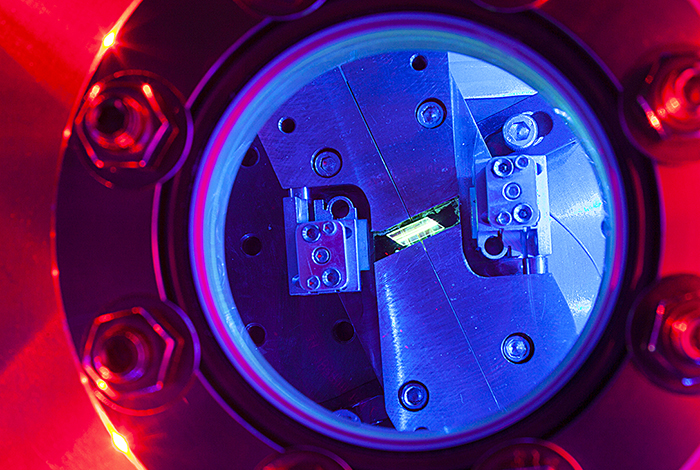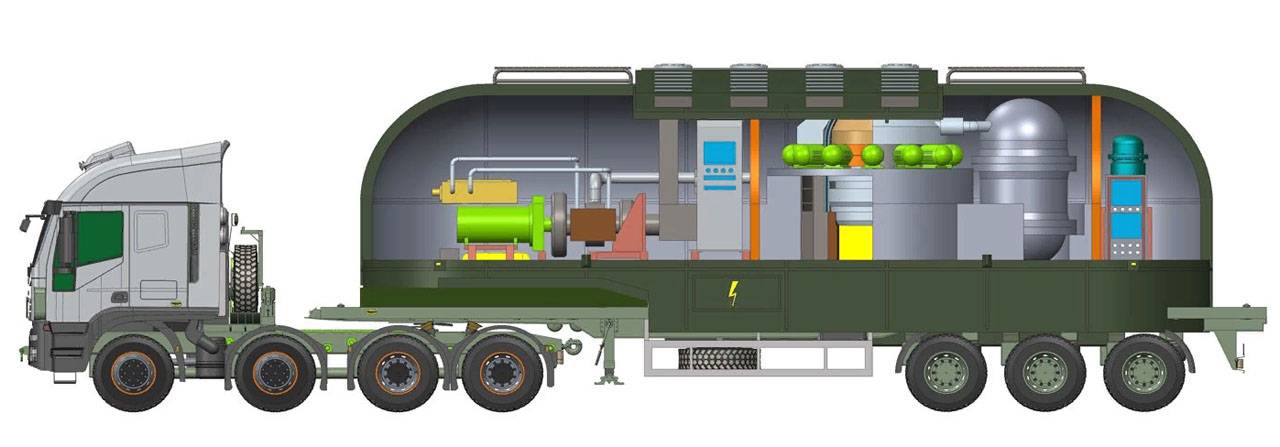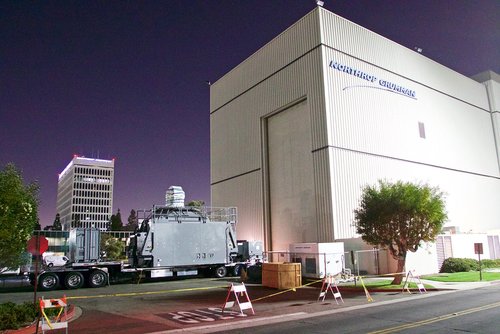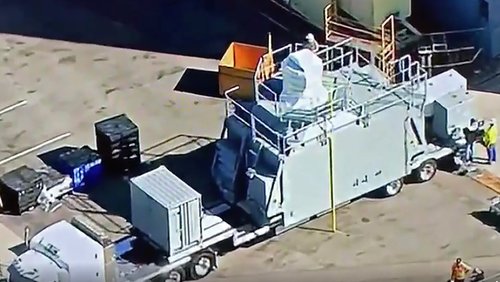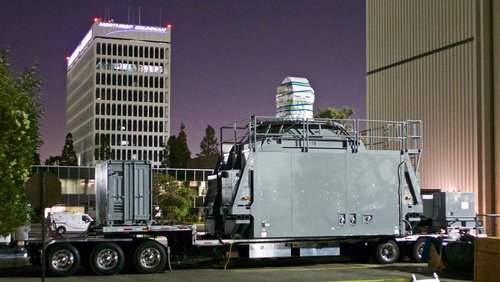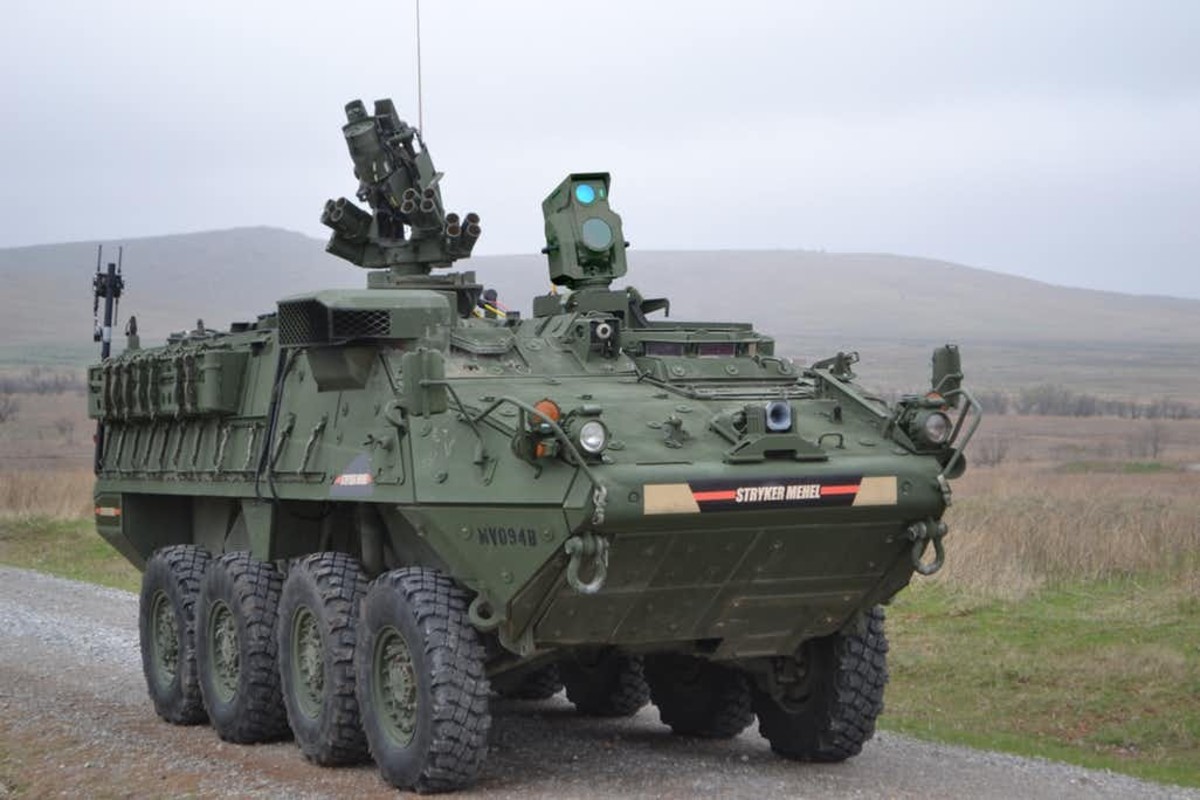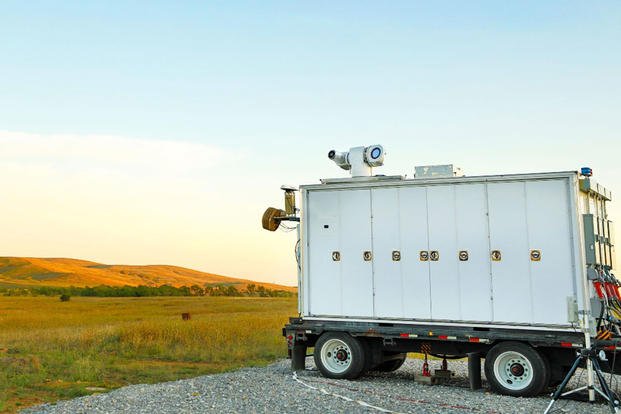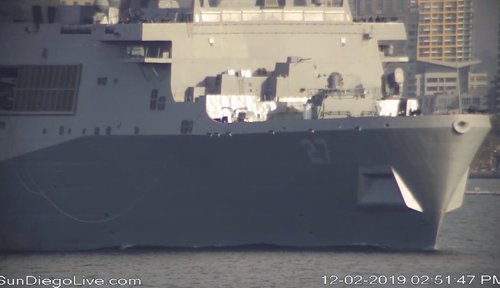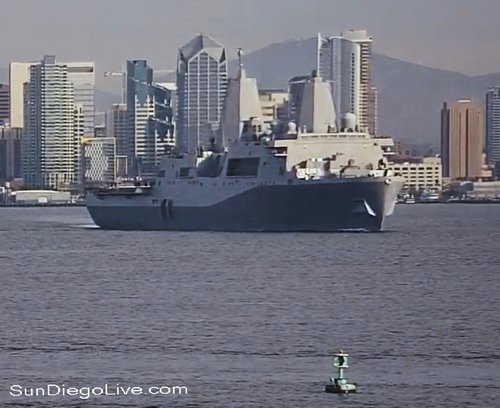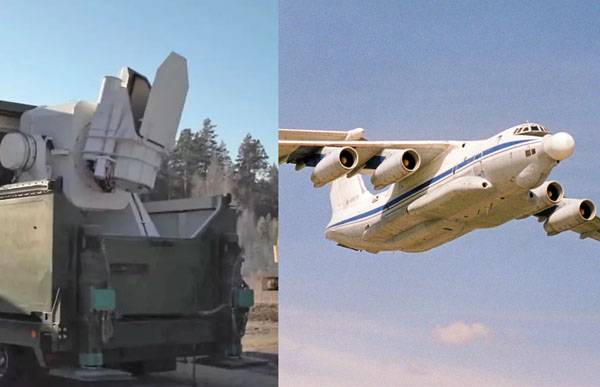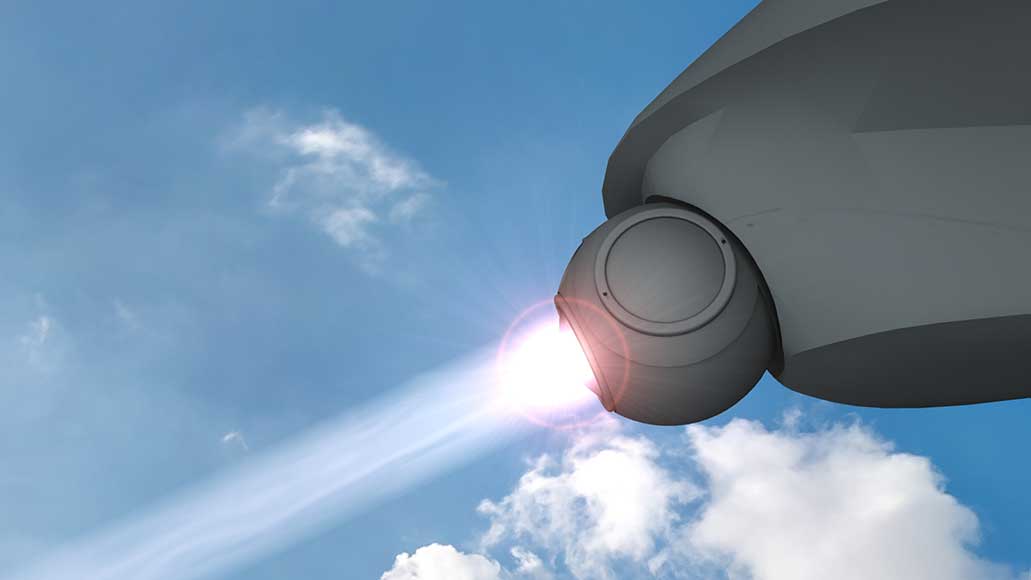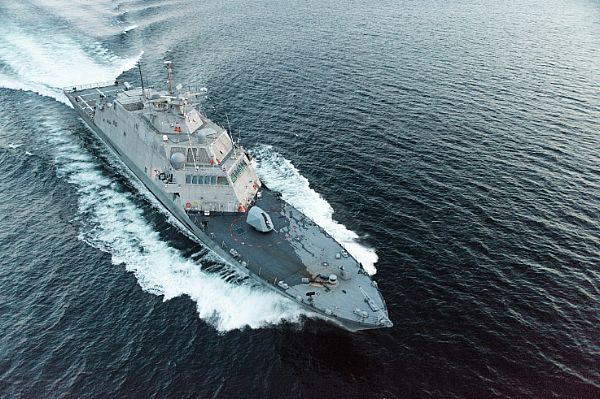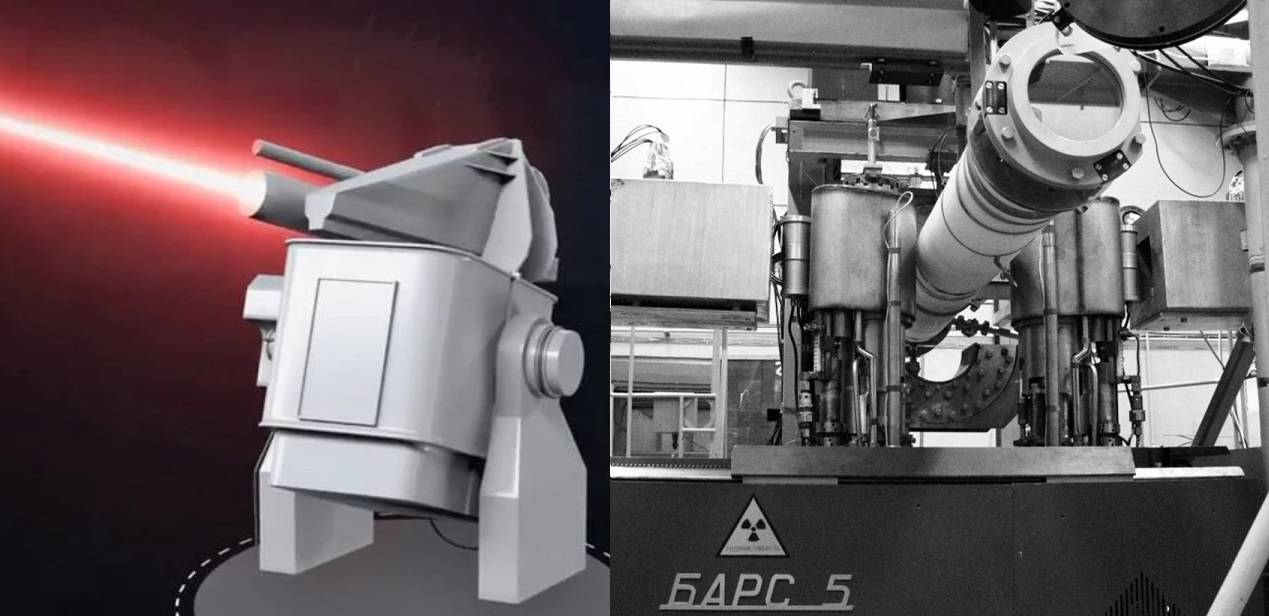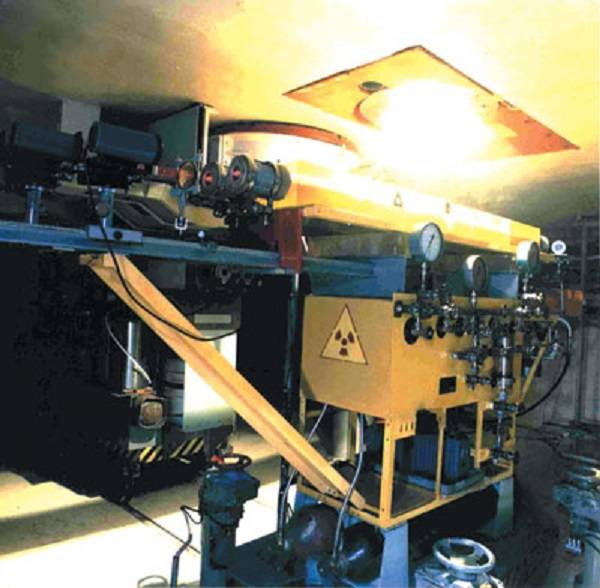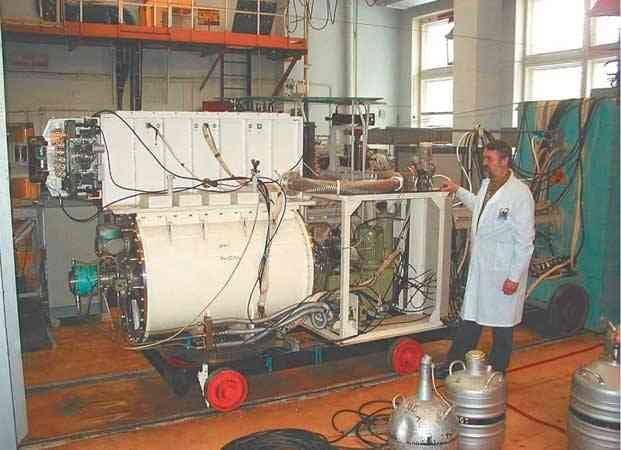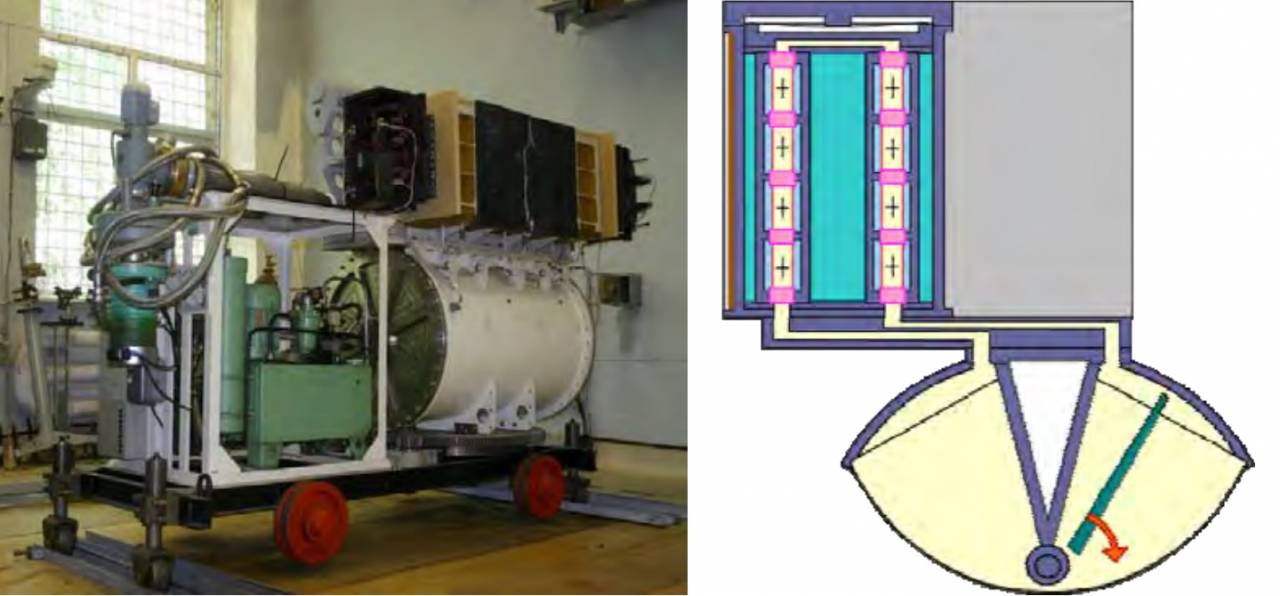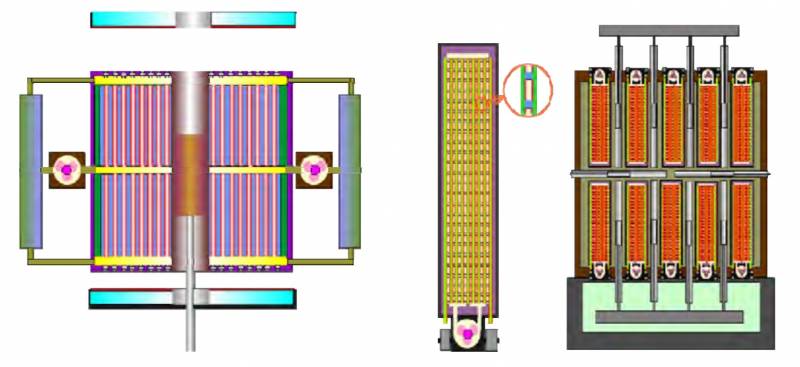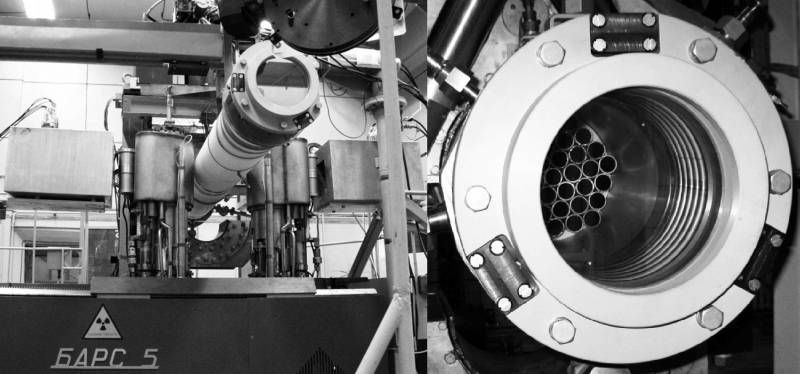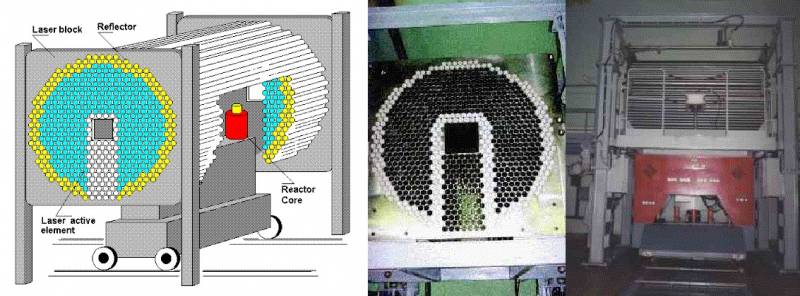Sound to me as the most serious effort yet in the world for Space beamed energy. Amazing that it has to be the military with all the talks around fossil energy and climate change.
Get Greta some fatigues...
The Space Solar Power Incremental Demonstrations and Research program (SSPIDR) really does sound interesting though details seem to be very scarce. Basically all I could find was
AFRL's own press release which was then copy-pasted on a few websites. With $100M I hope it comes to something, I can imagine both military and civilian applications. While we really don't - and won't - have singular silver bullets to mitigate climate change in the quite constrained time frame available to meaningfully avoid truly chaotic runaway effects, having more options to chip away at the core problems is always welcome.
I don't find it at all amazing that military research has (even great) potential in the climate change realm as well. The Pentagon, after all, recognizes the effects of climate change as one of the main drivers of global risk, whatever politicians (or indeed authoritarians) may say. Let me illustrate by simply juxtaposing some numbers. This is just in the vein of the original notion I'm commenting on, not in order to be snide or maliciously flippant at the idea of the necessity of well resourced and thoroughly considered defense. I'm just attempting to expand of the intertwined nature and actual scale of these challenges, however tangentially the issue came up here.
The IPCC (Intergovernmental Panel on Climate Change) is funded by member states'
contributions to a trust fund, the accumulated income over 30 years being ~$170M. Therefore Northrop Grumman with this one contract alone seems to have secured more than half of that funding to develop this single, as yet unproven technology. Kudos to them if in this instance they can do more for the climate with that than the IPCC but you can color me skeptical for the time being. Expanding on this, it was recently
reported that using existing soil and land management practices we can basically buy 15-20 years of time to come up with a more permanently sustainable energy infrastructure, a project with a price tag of $300Bn (over 10 years).
World overall military expenditure for 2018 was $1.8Tn, so an annual $30Bn would come to roughly 2% of that, amirite?
Of course, (e.g.) in the US the military budget is only ~4% of the GDP so "hard" security and capabilities are only a fraction of overall societal/global resilience. So how are we doing, otherwise? Well, while
renewable energy production is on the rise, the
overall growth in demand seems to largely and substantially be
outstripping the potential benefits. Renewable energy currently stands at a paltry 2% of the total and coal, oil and gas stand to dominate the mix all the way through 2040 with 85% of the total. This, to put it in the mildest possible of terms, is not good.
We (as in the "World") are currently subsidizing - i.e. on top of the sector's "conventional" income - the fossil fuel industry (and by extension, some pretty reprehensible leaders, their henchmen and a supporting cast of oligarchs) to the tune of $5.2Tn a year, of which $500Bn consists of direct "cash money" benefits.
Hence, there's at least a comparable (and arguably threefold) investment of public money and resources spent in actively worsening climate change as is allocated to defense/military. The generals should indeed be "green", if not for anything else but envy alone. And what of the private sector? Well, as a vignette into the "logic" of the markets, since the Paris climate pact top
investment banks have poured an additional $700Bn into fossil fuel industries.
So, should Greta enlist? I doubt that's in line with her ethos but I certainly enlist in her idea that on climate change we really should listen to (and invest into) expertise. As things stand, no amount of defense spending can buy us any meaningful leverage or resilience against our overall stupidity. Indeed, many seem to be banking on that.




